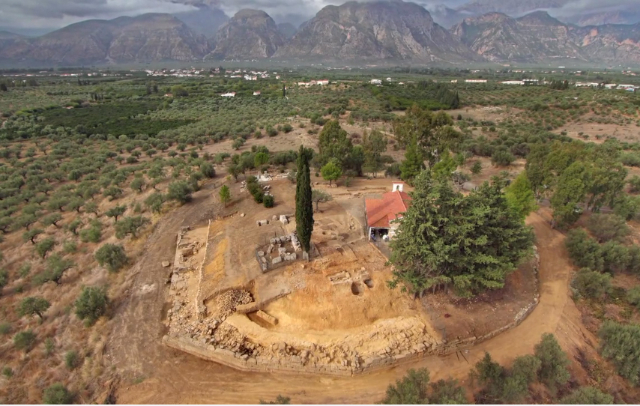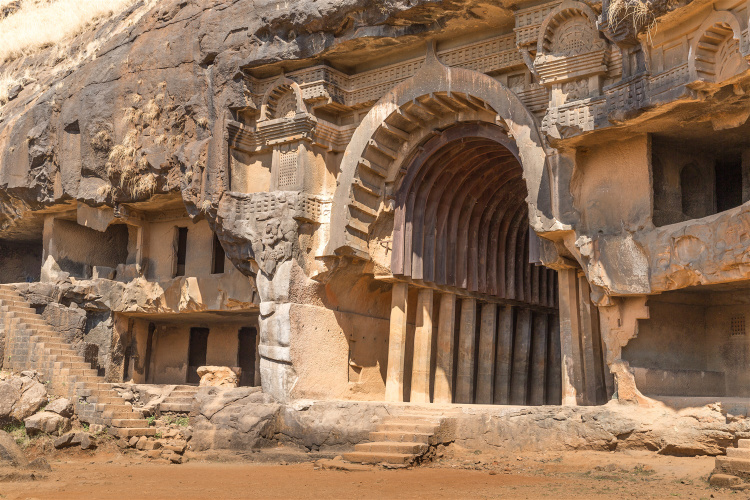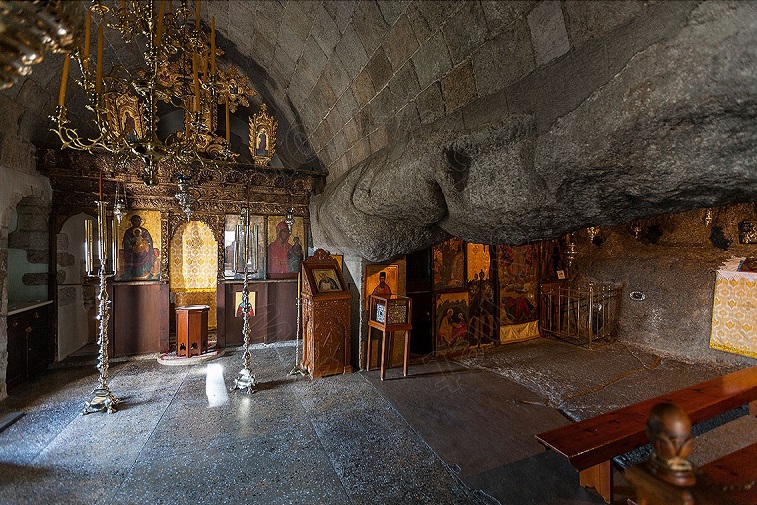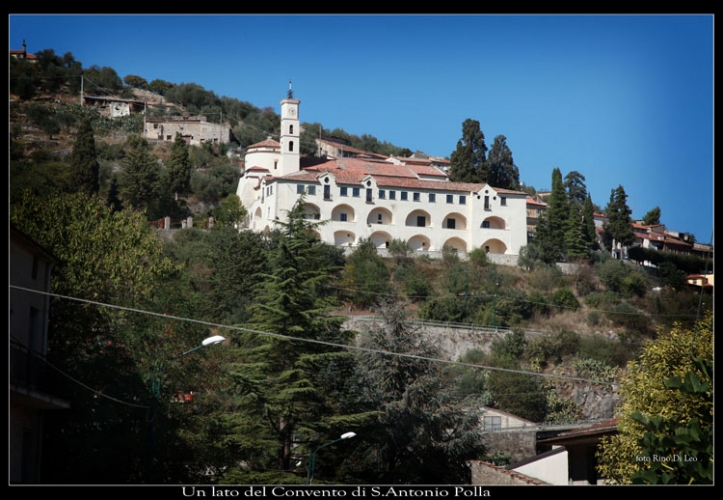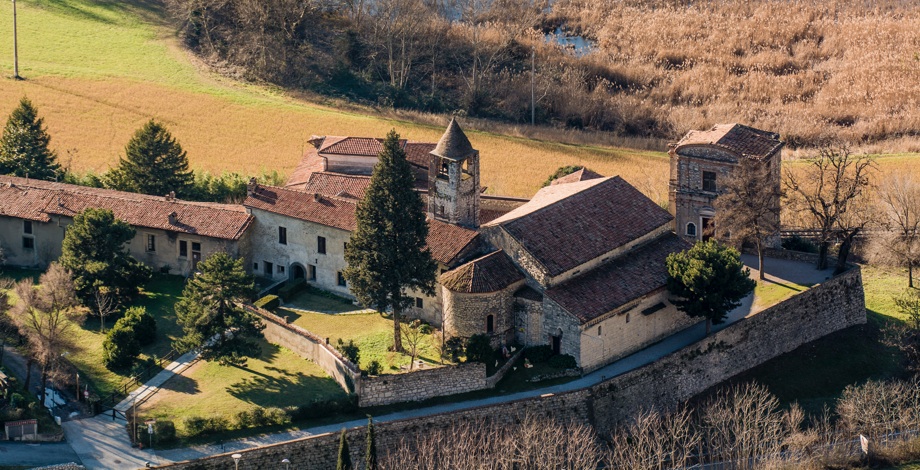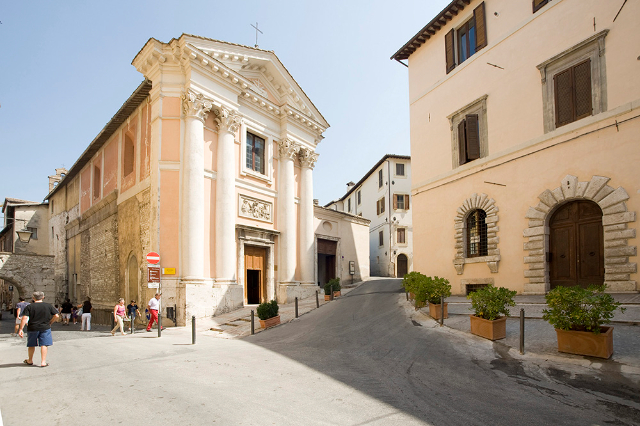The Sanctuary of Amyklaios Apollo is not just another historical site; it’s a tapestry of myth, religion, and culture, woven together by the hands of time. Located just a short drive from Sparta, on the hill of Agia Kyriaki in Amykla, this sanctuary is imbued with centuries of religious significance and mythological storytelling.
Originally associated with the worship of Hyacinth, a pre-Hellenic god of vegetation, and his sister Polyvia, the sanctuary evolved over time to incorporate the worship of Greek goddesses Demeter and Persephone. This makes it one of the earliest examples of syncretism in Greek religion, reflecting the evolving nature of belief systems in the ancient world.
The archaeological treasure trove unearthed here offers a unique insight into how religious practices changed over time. From the built wall and the courtyard of the temple found by Christos Tsountas in the late 19th century, to the colossal marble threshold discovered in the church of Prophet Elias, the finds are breathtaking in their historical scope. The church itself, Agia Kyriaki, was constructed using material from the sanctuary, further testament to how religious spaces often built upon the spiritual legacy of what came before them.
The sanctuary is also steeped in mythological significance, most notably in the tale of Hyacinth. Favored by Apollo but accidentally killed by him, or by the jealous Zephyrus according to another version, Hyacinth became immortalized as a beautiful flower that sprang from his spilled blood. Such stories make the sanctuary more than just a collection of ruins; it’s a living narrative that captures the imagination to this day.
Perhaps one of the most awe-inspiring aspects of the sanctuary is the “Apollo’s Throne,” a grand architectural construct dated to the 6th century BC. Adorned with a columnar statue of Apollo that stood about 14 meters tall, the throne was an impressive sight to behold. Its unique design, blending Doric and Ionic styles, makes it a subject of scholarly intrigue, and its remnants can be viewed at the Archaeological Museum of Sparta.
In antiquity, the sanctuary was also the venue for the “Hyacinths,” a celebration taking place during the Laconian month of Ekatomvea (July). Games and festivities would unfold, serving both religious and social functions and drawing participants from far and wide.
Today, a visit to the Sanctuary of Amyklaios Apollo offers not just a glimpse into the religious practices and artistic achievements of ancient Greece, but also an opportunity to ponder the myths and stories that have shaped human imagination for millennia. It is a place where history, legend, and spirituality coalesce into a singular, unforgettable experience.
